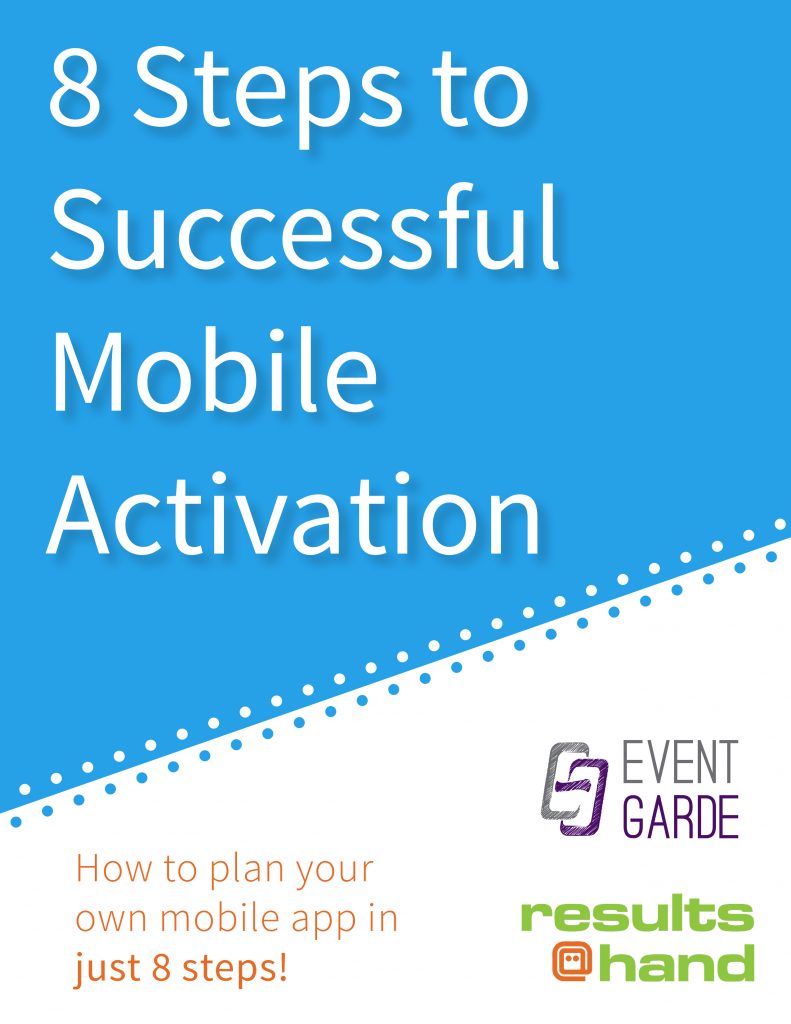 According to the Harvard Business Review, “companies typically realize only about 60% of their strategy’s potential value because of defects and breakdowns in planning and execution.”
According to the Harvard Business Review, “companies typically realize only about 60% of their strategy’s potential value because of defects and breakdowns in planning and execution.”
Similarly, Forbes Magazine reports “82% of Fortune 500 CEOs feel their organization did an effective job of strategic planning. Only 14% of the same CEOs indicated their organization did an effective job of implementing the strategy.”
Clearly, a real execution gap exists between what we plan to do and what actually gets done. What results, unfortunately, is lost opportunity and revenue.
Often, the launch of a mobile app can fall victim to this gap. It may be perceived as less important than other five-alarm fires the organization is currently battling. But what we know to be true is that a lackluster launch almost always results in:
- Poor user experiences (e.g., users didn’t know there was an app, users don’t know how to download the app and users grossly underutilize the app); and
- Thousands of dollars in lost revenue (e.g., from exhibitors, participants and sponsors).
Not to fear! A free, user-friendly workbook is now available to help you successfully activate your mobile app – no matter the platform you’re currently using.
Organized in eight guided steps, this is the perfect mobile app strategy workbook for the non-techies of the world (though we think the pro tips sprinkled throughout this resource will help those who are more tech savvy elevate their app launch from basic to pro status). Fundamentally, the eight steps include:
- Step 1: Assessment – Determine if and how your organization could benefit from a mobile app by answering a series of 12 brief questions designed to assess your readiness. At the end of the assessment, your ranking will help illuminate where your organization fits along the readiness continuum.
- Step 2: Interview – Based on your assessment results, set strategic goals and objectives for launching your mobile app. Additionally, identify key stakeholders and how they will benefit. Our step-by-step process will not only help you identify the right people to interview, but also the right questions to ask.
- Step 3: App Features – Determine your mobile app feature set (e.g., communication, education and feedback) based on stakeholder needs and the access level of those features. Moreover, build out your internal app launch management team with clear roles and responsibilities.
- Step 4: Marketing – Conduct a mini communication audit and develop a thoughtful marketing strategy to support the intentional launch of your mobile app. This section includes sample messages and communication channels to get you started, as well as a communication matrix to log and share your plan.
- Step 5: Return on Learning – In this step, you’ll begin developing key stakeholder metrics. For example, if your success metrics include connecting exhibitors with attendees, consider what data is needed and where it’s collected. Following the event, evaluate the outcomes achieved and any possible next steps.
- Step 6: App Launch – Plan your mobile app launch and make your app live to your various audience segments. We’ll prime you with pre-launch thoughts, a checklist beginning 60 days out and a handy 30 days out launch calendar you can print, modify and share with your team.
- Step 7: Mid-Lifecycle Touch Point – We’re all busy. That’s the one constant. So it’s easy for major milestones like the mid-point of an important initiative to pass us by undetected. By asking 10 simple questions, this section will help you evaluate successes to date and institute any necessary corrective actions.
- Step 8: Next Steps Touch Point – Near the end of the project, leverage the momentum you’ve gained to debrief achievements, check-in with key stakeholders, follow through on all deliverables and identify opportunities for the future. Again, we seed you with the questions to ask and the tools to organize your findings.
Easy, right? Ultimately, with the help of this 40-page fillable electronic workbook, we hope to solve some of your biggest app challenges, some of which might include:
- Unclear goals and objectives;
- Undefined audience pain points;
- Incomplete marketing strategy;
- Unarticulated stakeholder metrics;
- Rushed/compressed launch strategy; and
- Unassigned staff roles and responsibilities.
If you or your team could benefit from a comprehensive resource to guide mobile app activation from start to finish in your organization, download this workbook to your computer or device, use the writable spaces provided and then print and share completed sections with your team.
Download your complimentary copy today. There you’ll find the workbook, which includes a collection of best practices, resources and blog posts, as well as opportunities for additional support or coaching should that become necessary during your mobile app journey.


